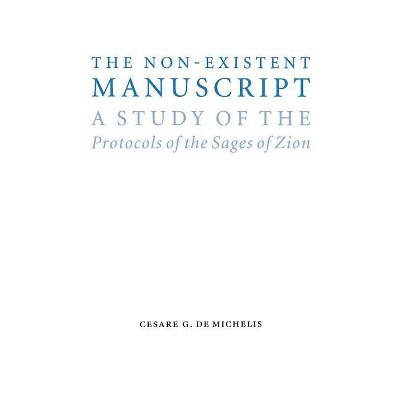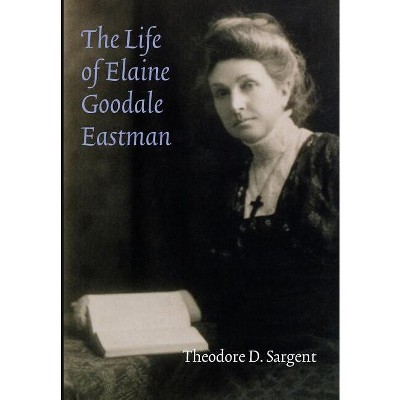About this item
Highlights
- Rockets and Revolution offers a multifaceted study of the race toward space in the first half of the twentieth century, examining how the Russian, European, and American pioneers competed against one another in the early years to acquire the fundamentals of rocket science, engineer simple rockets, and ultimately prepare the path for human spaceflight.
- About the Author: Michael G. Smith is an associate professor of history at Purdue University.
- 448 Pages
- Technology, History
Description
About the Book
"Rockets and Revolution offers a multifaceted study of the race toward space in the first half of the twentieth century, examining how the Russian, European, and American pioneers competed against one another in the early years to acquire the fundamentals of rocket science, engineer simple rockets, and ultimately prepare the path for human spaceflight. Between 1903 and 1953, Russia matured in radical and dramatic ways as the tensions and expectations of the Russian revolution drew it both westward and spaceward. European and American industrial capacities became the models to imitate and to surpass. The burden was always on Soviet Russia to catch up--enough to achieve a number of remarkable "firsts" in these years, from the first national rocket society to the first comprehensive surveys of spaceflight. Russia rose to the challenges of its Western rivals time and again, transcending the arenas of science and technology and adapting rocket science to popular culture, science fiction, political ideology, and military programs. While that race seemed well on its way to achieving the goal of space travel and exploring life on other planets, during the second half of the twentieth century these scientific advances turned back on humankind with the development of the intercontinental ballistic missile and the coming of the Cold War"--Book Synopsis
Rockets and Revolution offers a multifaceted study of the race toward space in the first half of the twentieth century, examining how the Russian, European, and American pioneers competed against one another in the early years to acquire the fundamentals of rocket science, engineer simple rockets, and ultimately prepare the path for human spaceflight.
Between 1903 and 1953, Russia matured in radical and dramatic ways as the tensions and expectations of the Russian revolution drew it both westward and spaceward. European and American industrial capacities became the models to imitate and to surpass. The burden was always on Soviet Russia to catch up--enough to achieve a number of remarkable "firsts" in these years, from the first national rocket society to the first comprehensive surveys of spaceflight. Russia rose to the challenges of its Western rivals time and again, transcending the arenas of science and technology and adapting rocket science to popular culture, science fiction, political ideology, and military programs.
While that race seemed well on its way to achieving the goal of space travel and exploring life on other planets, during the second half of the twentieth century these scientific advances turned back on humankind with the development of the intercontinental ballistic missile and the coming of the Cold War.Review Quotes
"A refreshing perspective on the universal thrust for space exploration."--Colin Burgess, Outward Odyssey series editor and author of Liberty Bell 7: The Suborbital Mercury Flight of Virgil I. Grissom-- (8/14/2014 12:00:00 AM)
"Rockets and Revolution brings a variety of new sources and a refreshing perspective into the debates about the cultural dimensions of spaceflight."--Slava Gerovitch, CritCom-- (3/19/2015 12:00:00 AM)
"Rockets and Revolution succeeds in offering a cultural history of the space age."--Paul Josephson, American Historical Review
"A remarkably rich study."--Michael K. Launer, Slavic and East European Journal
"For anyone familiar with the history of spaceflight--particularly in America--this book will be immensely rewarding."--Hunter Hollins, Quest
"Highly recommended."--Midwest Book Review
About the Author
Michael G. Smith is an associate professor of history at Purdue University.












